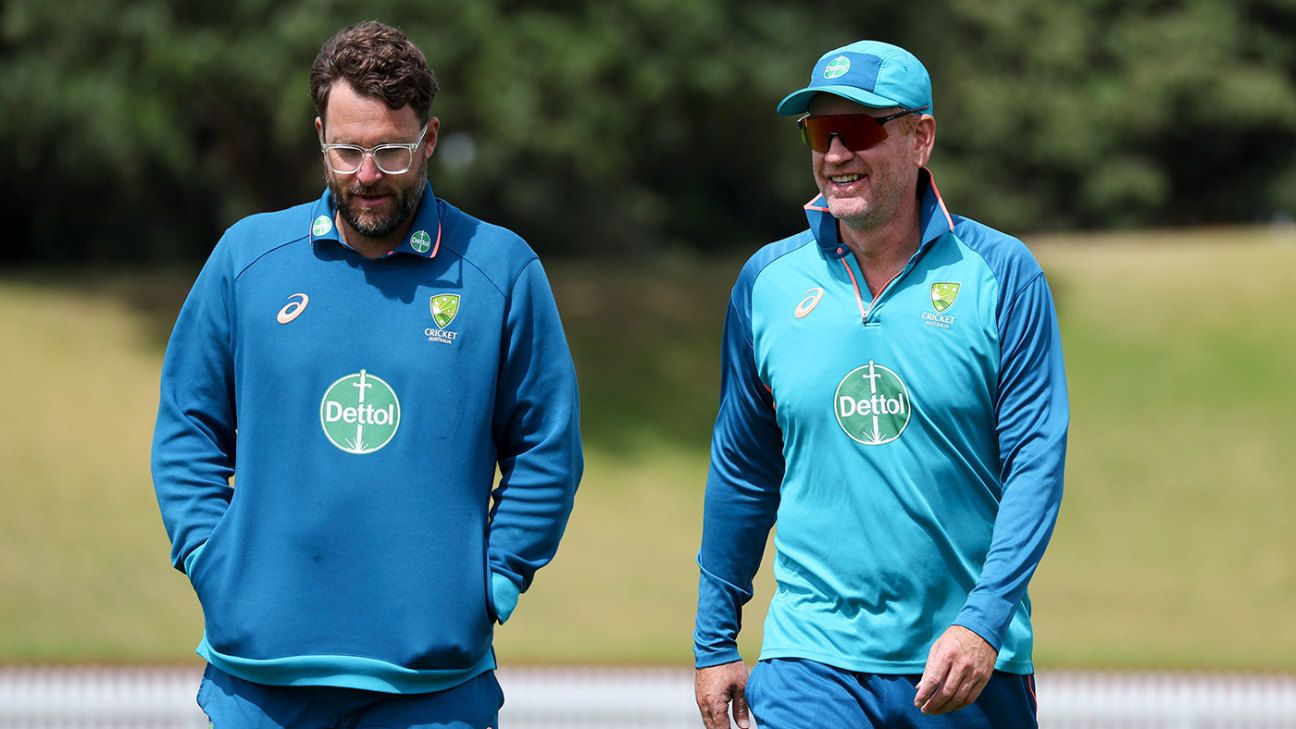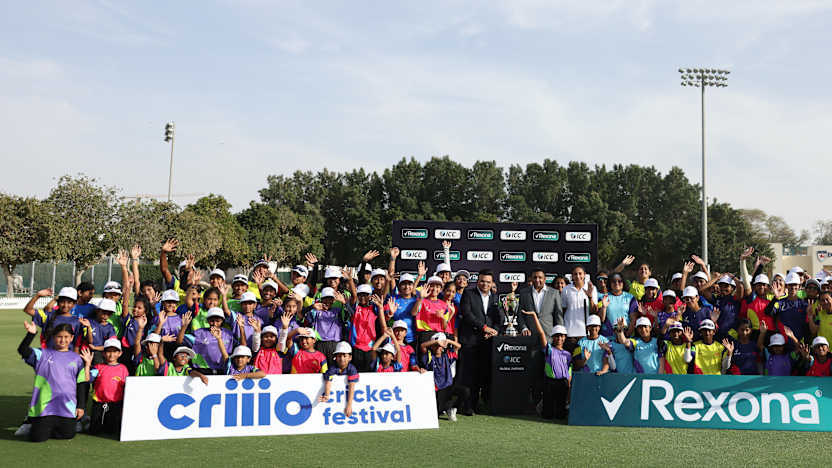Cricket Australia looks to unify approach to managing quicks

Cricket Australia is creating a new role for a national pace-bowling coach to oversee the management of fast bowlers across international and domestic programmes, in a bid to prevent the spate of injuries that have been occurring and ensure a more coordinated approach to the handling of Australia’s quicks.
The new role, which would be based in Brisbane, comes after a limited-overs tour of the UK where six fast bowlers were injured and six others were unavailable, although the role was devised before that tour. A debate is also raging within Australian cricket about whether the current contracting model for the best male cricketers is fit for purpose in the age of franchise cricket, with the management of fast bowlers front and centre in that discussion.
Daniel Vettori is Australia’s current bowling coach travelling with the team and will continue in that position. The new job will be largely Australia-based and focussed on the management of contracted fast bowlers as well as Under-19 and Australia A quicks, although the successful candidate will tour with the men’s international side at various stages.
Vettori is highly regarded within the Australian set-up but is not working for CA around the year, as he has been allowed to take contracts as the head coach of Sunrisers Hyderabad in the IPL and Birmingham Pheonix in the Hundred. It has meant that the likes of Clint McKay and Rob Cassell have been seconded into the Australian team as bowling coaches on an ad-hoc basis in recent times, but the new role would create some continuity. There would also be some consistency within the Australia A coaching staff, which has cycled through a multitude of different coaches in recent years on a series-to-series basis.
Australia’s fast-bowling stocks have long been one of its great strengths, but the reliance on the big three in Pat Cummins, Mitchell Starc and Josh Hazlewood in all forms and recent injuries to the next crop, as well as the stress fracture to Cameron Green, have only served to highlight the importance of managing the next generation.
Green, Nathan Ellis, Xavier Bartlett, Riley Meredith, Spencer Johnson and Ben Dwarshuis all picked up injuries on the tour of the UK, while Lance Morris, Jhye Richardson, Michael Neser, Scott Boland and Will Sutherland were all unavailable as they recovered from differing ailments. Cummins also didn’t travel in order to do a block of training at home, focussing on getting his body right for the upcoming summer.
While there were a variety of injuries, there have also been some common themes including side strains, and soft tissue and back stress injuries that continue to plague Australia’s fast bowlers. Green has become the fourth Australian fast bowler behind James Pattinson, Dwarshuis and Jason Behrendorff to undergo significant spine surgery to stabilise vertebrae in his back and prevent future stress fractures.
The injuries led to a situation where West Australian youngster Mahli Beardman was called up for the UK tour with just one List A game to his name, which raised some eyebrows among the state associations.
There has been some friction between CA and the state associations over the management of some of Australia’s fringe fast bowlers in recent years, with the demanding international playing schedule meaning more players are required than ever before. Franchise opportunities have only added to the burden as individual players want to maximise their earnings during the winter months while the national and state teams would prefer them to manage their bodies in preparation for national and domestic duty.
The new pace-bowling role has been designed to be a central point under Australia’s head coach Andrew McDonald to coordinate an approach to managing Australia’s current and next generation of quicks to avoid some of the friction.
One of the key job descriptions in the advertisement is “performing a lead role in the case management (including load planning and monitoring), off tour preparation and individual skill development of CA contracted pace bowlers and pace bowlers of national interest”.
This has been a crunch point in recent years. CA’s high-performance team has been able to manage its contracted fast bowlers fairly successfully, but issues have arisen when the men’s team has needed to look beyond their contracted players. CA currently has nine contracted fast bowlers among a list of 23, not including the pace-bowling allrounders Green, Aaron Hardie and Mitchell Marsh.
But ahead of the UK tour, where the selectors wanted to rest Cummins entirely in order to prepare for India, and have Hazlewood and Starc play the England portion only, they needed bowlers for the six T20Is. With contracted bowlers Morris and Richardson unavailable, Johnson was selected alongside Bartlett and Ellis.
But CA were unable to tailor Johnson’s preparation as an uncontracted player. He played 39 T20s and a first-class game between December and August including the BBL, Sheffield Shield, internationals, the IPL, T20 Blast, MLC and the Hundred without a break to do a pre-tour build in the same mould as Hazlewood and Starc were. He suffered a side strain in the Hundred and has yet to return to playing. There was a similar occurrence in 2023 where Johnson played the MLC, Global T20 in Canada and the Hundred before making his international debut for Australia, only to tear his hamstring on his ODI debut bowling more than four overs for the first time in five months.
Under the current memorandum of understanding, CA only offers up to 24 central contracts but there is a pool of money for players to qualify for a contract upgrade if they play enough games in the 12-month financial year. There is a thought within Australian cricket that that model is outdated, and the men’s team would be better served contracting 30-plus players initially each year and carefully tailoring the 12-month playing and preparation schedules for a large group of fast bowlers in particular to avoid injuries and situations like the one the arose in the UK.
Related
‘Listen from one ear, ignore from the other’: Former India…
India's Rohit Sharma and Mohammed Shami (AP Photo) NEW DELHI: Former wicketkeeper-batter Syed Kirmani has expressed his opinion that experienced fast bowler Mo
India faces New Zealand in budding rivalry at Champions Trophy…
State AlabamaAlaskaArizonaArkansasCa
ICC and Unilever announce landmark partnership on International Women’s Day…
The two-year partnership, kicking off at this year’s Women’s Cricket World Cup in India and running until the end of 2027, marks the world cricket governing
IPL 2025: Mumbai Indians sign Corbin Bosch as replacement for…
Mumbai Indians have signed South Africa all-rounder Corbin Bosch as a replacement for his injured countryman Lizaad Williams for this year's Indian Premier Leag











